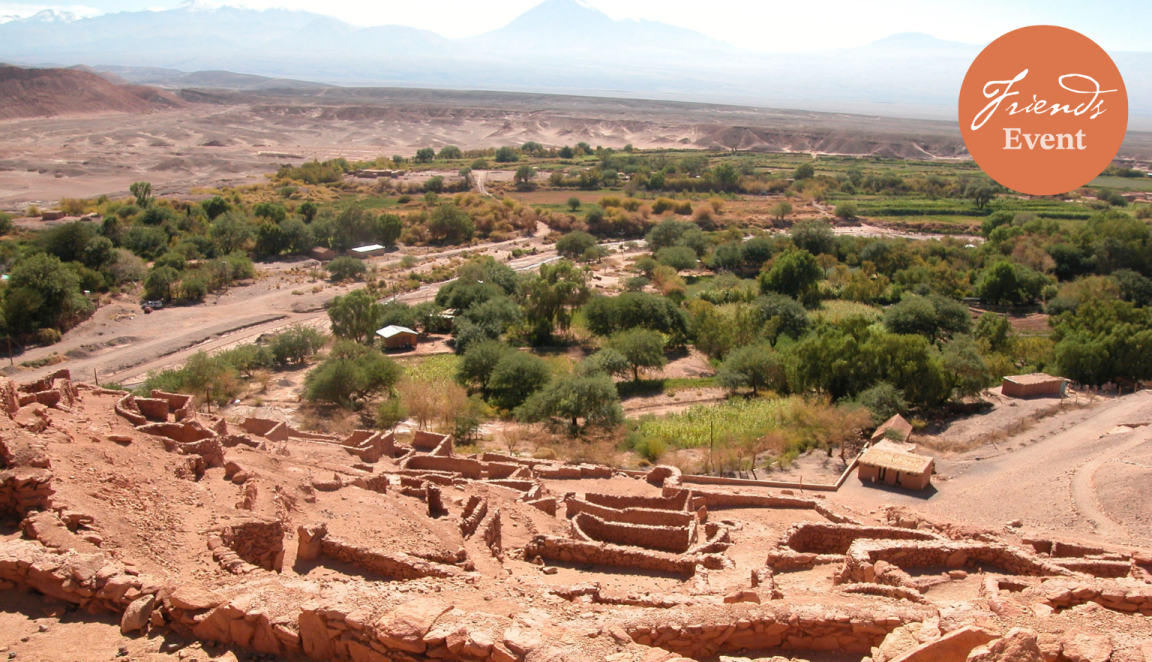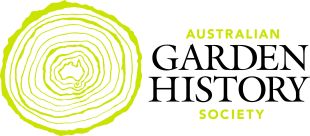Archaeology of water with Dr Chris Carter
We need water to live, for health and hygiene, to cultivate crops, to manage livestock, for trade, industry and commerce – and for our gardens. Across the world and in different ways, from the most arid areas of the world to landscapes that are regularly flooded, humans have adapted their behaviour and settings to occupy the entire globe, and water has been at the heart of this remarkable development.
Archaeologist Dr Chris Carter described some of the ways people have managed water for power and pleasure. Travel from the driest deserts in the world – the Atacama Desert of Chile and the Arabian Peninsula – to the lush, terraced hillsides that produce prodigious quantities of grain in the Philippines, from the slopes of Andean Peru to Australia’s long history of water management. We uncovered how humans gained access to and control of water, and how that has impacted on lifeways with both positive and negative results.

Dr Chris Carter, Image of an archaeological site in the Atacama Desert
Dr Chris Carter, Image of an archaeological site in the Atacama Desert

This joint annual event was presented by the Australian Capital Territory Monaro Riverina Branch of the Australian Garden History Society and the Friends of the National Library of Australia.
About Dr Chris Carter
Dr Chris Carter is a practicing archaeologist with over 25 years of experience working as a teacher, researcher, heritage consultant and tour leader working both nationally and overseas, including over 30 tours to South American countries. He has a BA (Hons), MA and PhD from the Australian National University.
As a teacher, Chris has always declared that archaeology cannot be learned in the classroom. Such statements resulted in him taking a group to South America in 1995. He has continued to lead several tours a year ever since. His tours have expanded to cover many other countries, including Australia.
Visit us
Find our opening times, get directions, join a tour, or dine and shop with us.